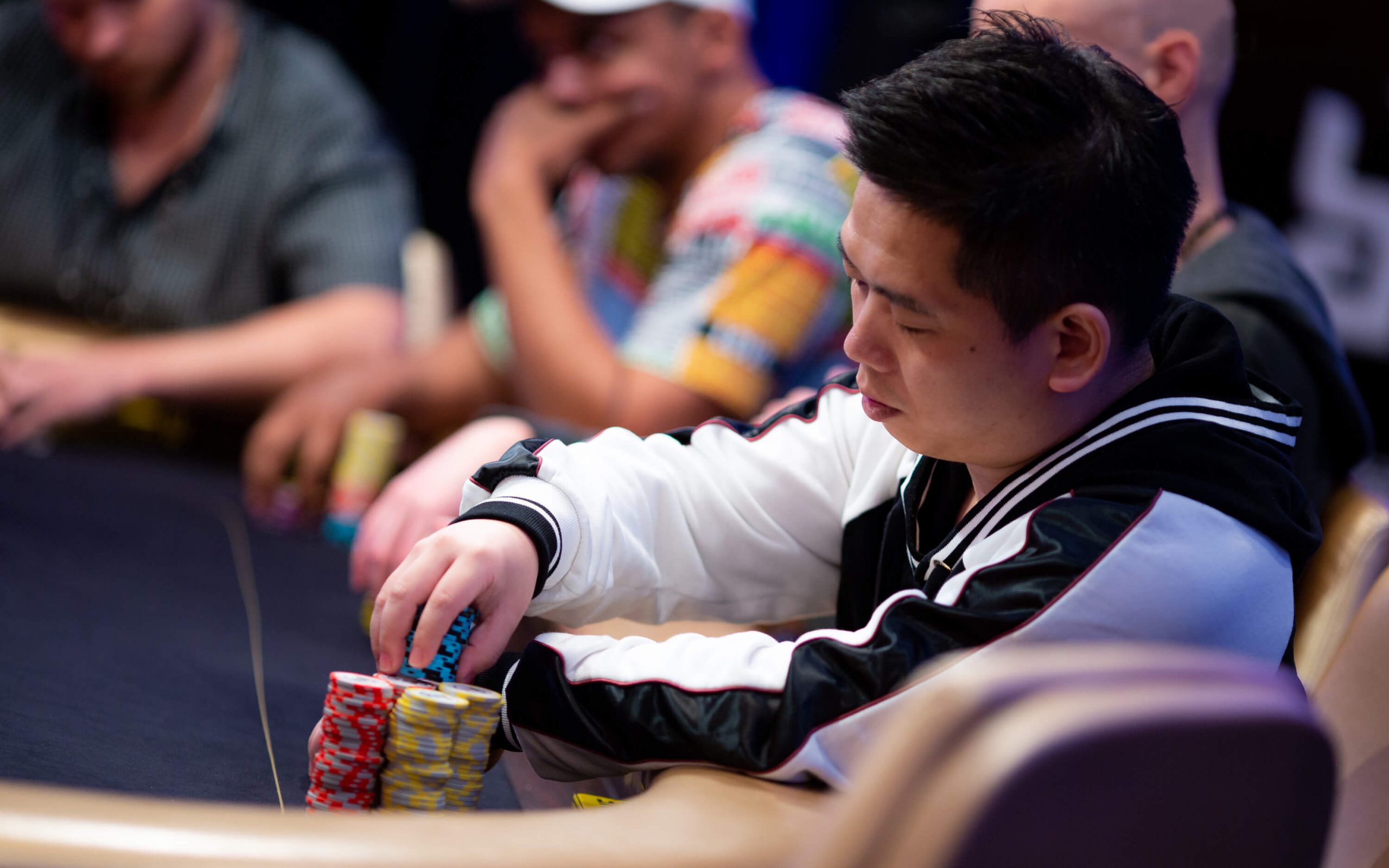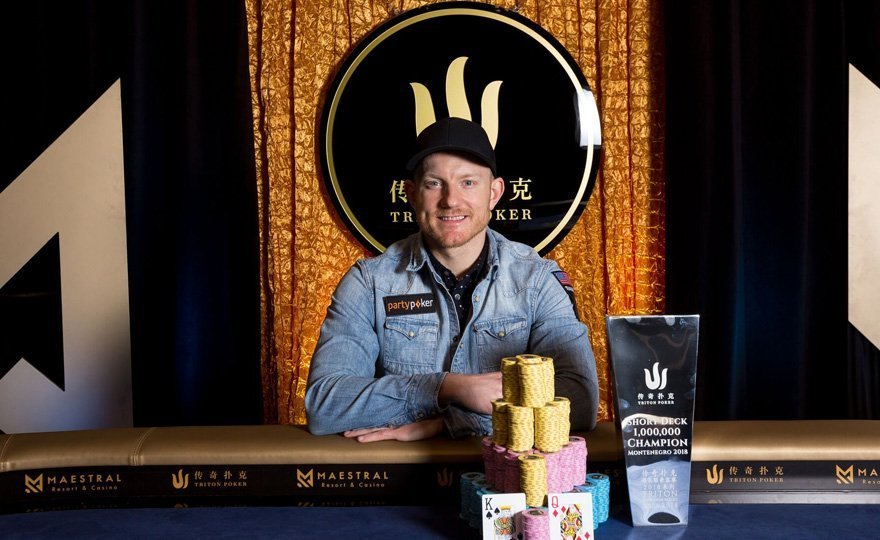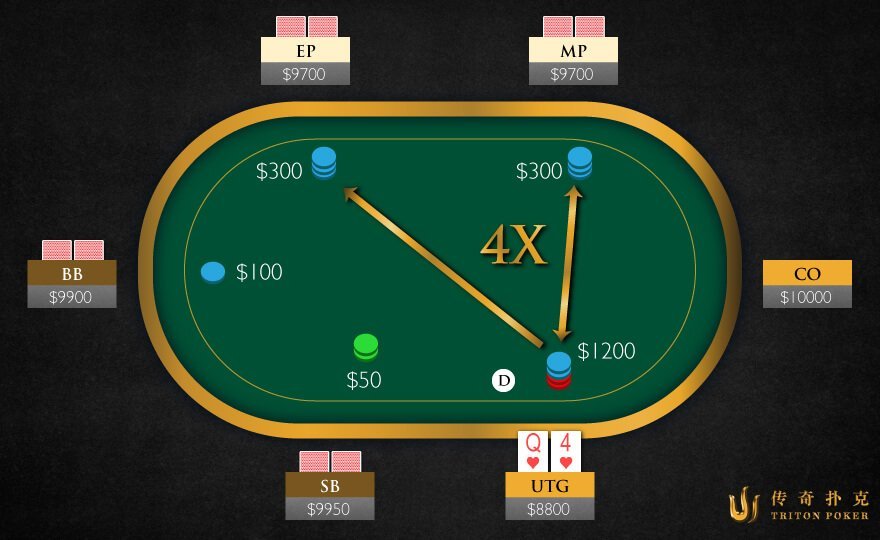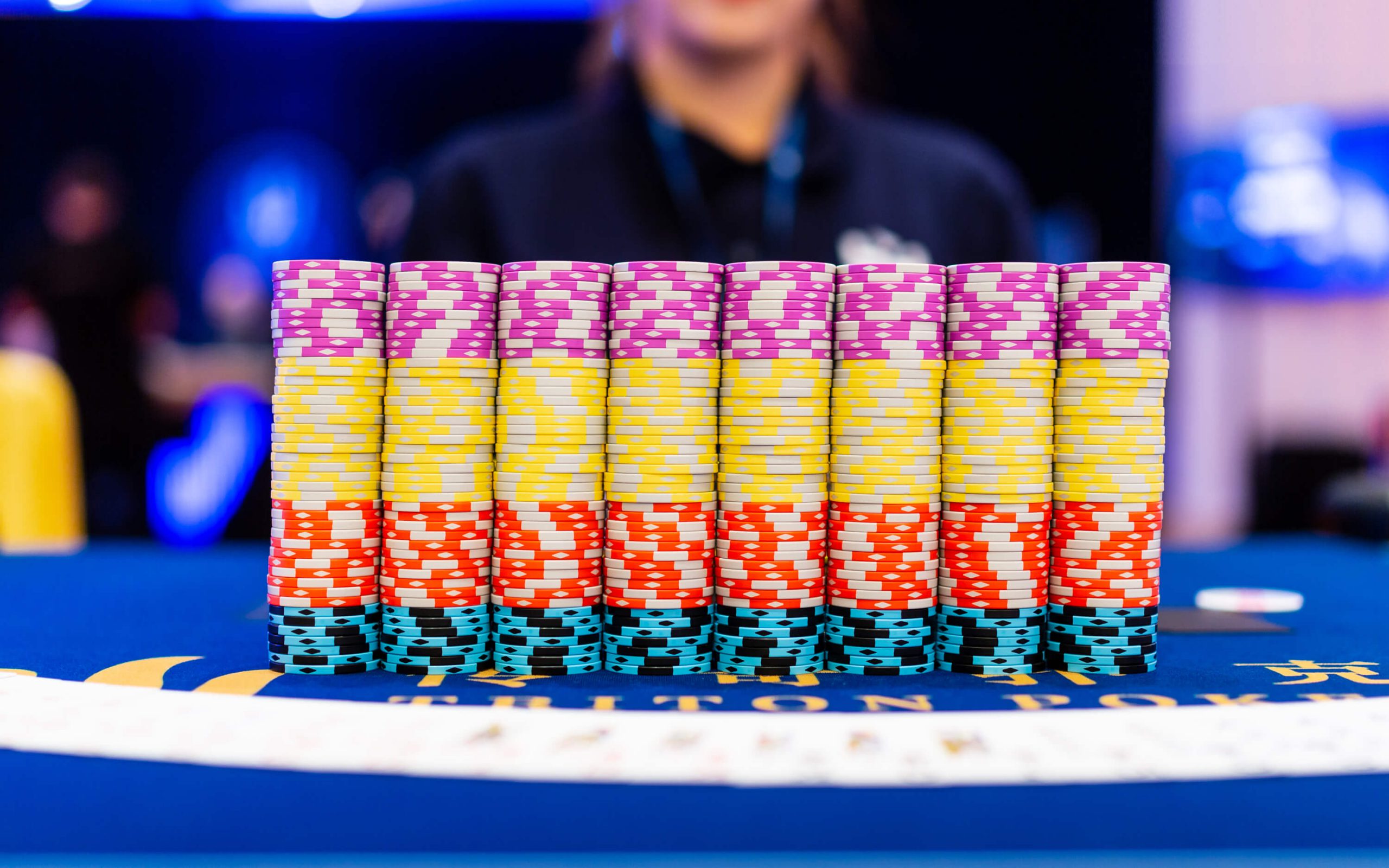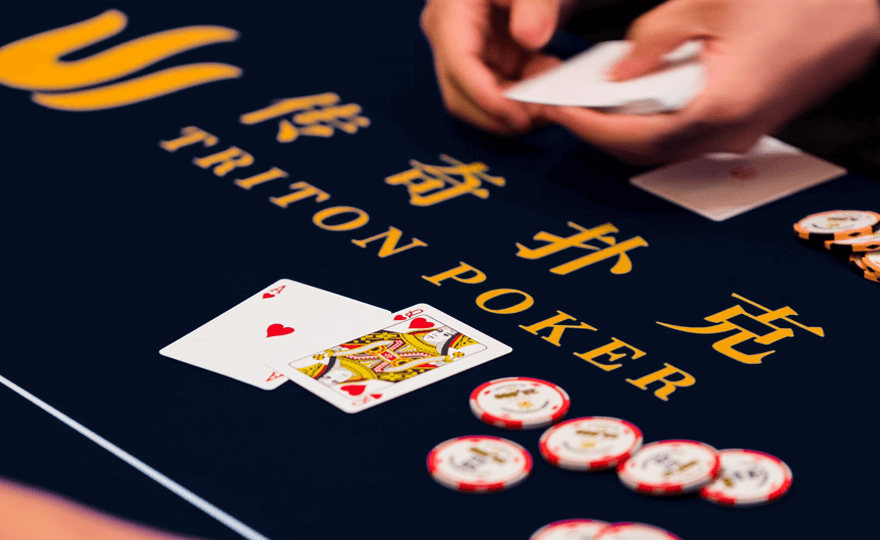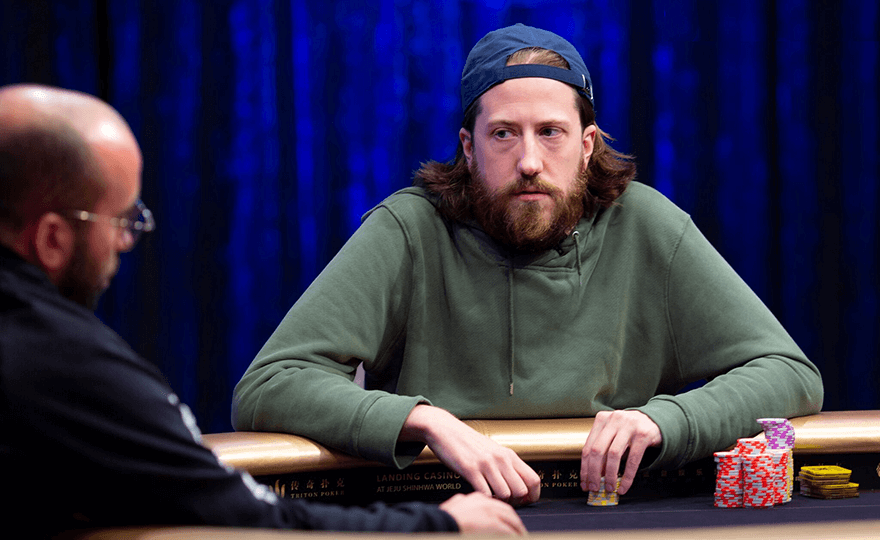Jan 28 2019 (Jeju, South Korea) – Triton Poker’s Super High Roller Series (SHR) returns March 2 – 9, 2019 with the first of five international stops that will cement the tour’s position as the leading high stakes poker tournament series in the world.
For eight days, throughout six tournaments, the world’s leading professionals and amateurs alike will flock to Korea’s Jeju Island to lock horns and share lots of laughs in six high stakes tournaments, including the world’s first Short-Deck, Ante-Only Bounty event.
As in 2018, the Landing Casino in Jeju’s Shinhwa World will be the home of the most fearsome and fun high stakes poker cash games and tournaments anywhere on the globe, culminating in an HKD 2,000,000 (KRW 140,000,000) buy-in No-Limit Hold’em Triton SHR Series Main Event.
The Full Schedule
Sat 2 Mar: HKD 250k (KRW 35m) Short-Deck, Ante-Only (Day 1)**
Sun 3 Mar: HKD 250k (KRW 35m) Short-Deck, Ante-Only (Day 2)*
Sun 3 Mar: HKD 250k (KRW 35m) + 250k (KRW 35m) Short-Deck, Ante-Only Bounty (Day 1)**
Mon 4 Mar: HKD 250k (KRW 35m) +250k (KRW 35m) Short-Deck, Ante-Only Bounty (Day 2)*
Mon 4 Mar: HKD 500k (KRW 70m) No-Limit Hold’em 6-Handed (Day 1)**
Tue 5 Mar: HKD 500k (KRW 70m) No-Limit Hold’em 6-Handed (Day 2)*
Tue 5 Mar: HKD 1m (KRW 140m) Short-Deck, Ante-Only (Day 1)*
Wed 6 Mar: HKD 1m (KRW 140m) Short-Deck, Ante-Only (Day 2)*
Thu 7 Mar: HKD 2m (KRW 280m) No-Limit Hold’em Main Event (Day 1)*
Fri 8 Mar: HKD 2m (KRW 280m) No-Limit Hold’em Main Event (Day 2)*
Fri 8 Mar: HKD 1m (KRW 140m) No-Limit Hold’em Refresh (Day 1)**
Sat 9 Mar: HKD 2m (KRW 280m) No-Limit Hold’em Main Event (Day 3)*
Sat 9 Mar: HKD 1m (KRW 140m) No-Limit Hold’em Refresh (Day 2)**
* Indicates a 2 pm local start time.
** Indicates a 4 pm local start time.
Players confirmed include the 10-time World Series of Poker (WSOP) bracelet winner, Phil Ivey, the inimitable Tom Dwan, Triton Poker SHR Ambassador Jason Koon, and one of the stars of 2018, and the defending champion of the 2018 No-Limit Hold’em SHR Series Main Event in Jeju, Mikita Badziakouski.
Players who compete in both the HKD 2,000,000 Triton Poker SHR Main Event, and one other side event, will enjoy free accommodation for nine nights at the Jeju Shinhwa World Marriot Resort. The Landing Resort Hotel and Somerset Jeju Shinhwa World are also walking distance from the casino.

The Triton Poker SHR Series also offers unrivalled broadcast coverage across a myriad of platforms with the dynamic duo of Twitch sensation Lex Veldhuis and online pro Randy ‘nanonoko’ Lew reuniting for the English stream. Macau Millions Champion Chen An Lin, EPT Barcelona 2018 Main Event Runner Up Haoxiang Wang and Two-Time Red Dragon Champion Celina Lin will cover the Chinese stream respectively.
Coverage in English:
Triton: www.triton-series.com
Twitch: www.twitch.tv/tritonpoker
YouTube: https://www.youtube.com/c/tritonpoker
Facebook: www.facebook.com/tritonpoker
Coverage in Mandarin:
Pandatv: www.panda.tv/2112155

About Triton Poker
Triton Poker was founded in 2015 by the Malaysian businessman, philanthropist and poker lover, Richard Yong, who felt there was a gap in the market for an exclusive tournament series for affluent businesspeople and high-end professional poker players set in some of the most luxurious locations in the world all in the name of charity. Funds from Triton Poker events have helped charitable organisations such as Project Pink and the Red Cross.
Previous winners of Triton Poker events include Manig Loeser, Fedor Holz, Daniel ‘Jungleman’ Cates, Koray Aldemir, Stefan Schillhabel, John Juanda, Dan Colman, Jason Koon, Phil Ivey, and Mikita Badziakouski.
About Jeju Shinhwa World
Jeju Shinhwa World is a fully integrated world-class resort spanning 2.5 million square meters, chocked full of top-class dining experiences, and entertainment facilities including Shinhwa Theme Park, Shinhwa Water Park and, of course, the elegant Landing Casino.

For further information on the Triton Poker head to www.triton-series.com or contact info@triton-series.com


